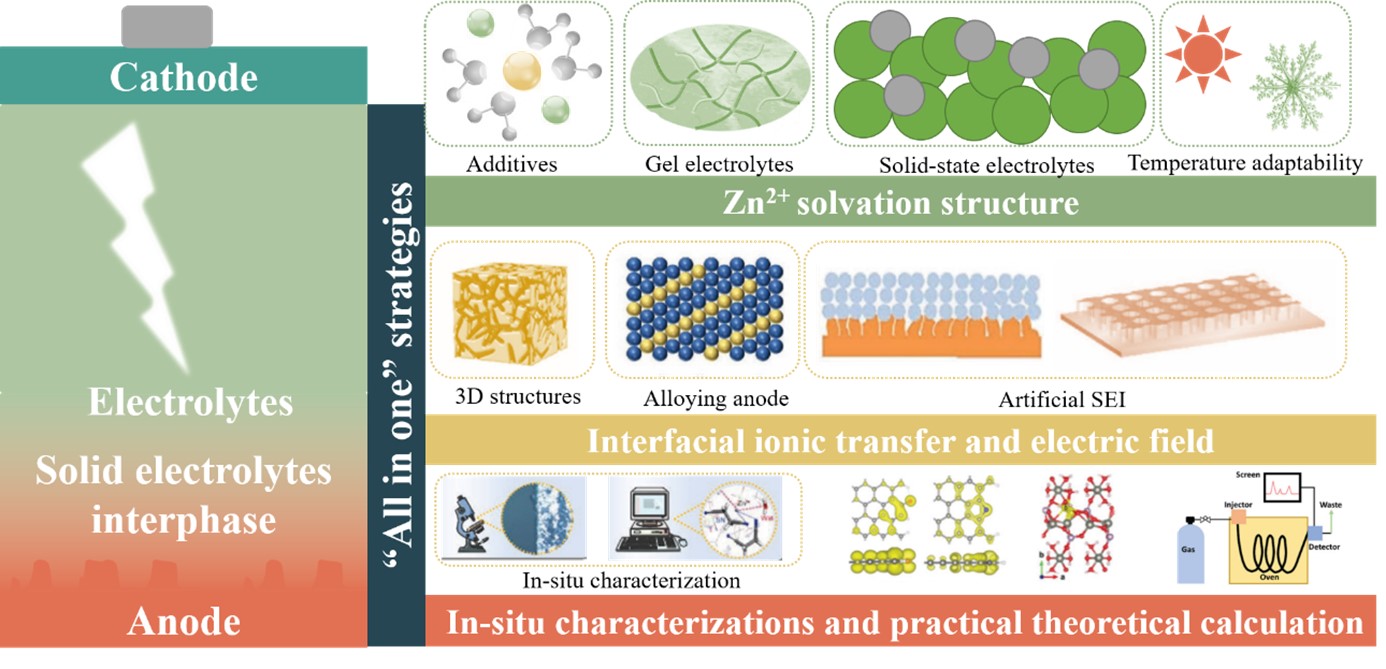Y. Zhang, S.H. Zheng, F. Zhou, X.Y. Shi, C. Dong, P. Das, J.X. Ma, K. Wang, Z.-S. Wu *
Small, 2022, 18.
DOI: 10.1002/smll.202104506 [PDF]

Pursuing high areal energy density and developing scalable fabrication strategies of micro-batteries are the key for the progressive printed microelectronics. Herein, the scalable fabrication of multi-layer printable lithium ion micro-batteries (LIMBs) with ultrahigh areal energy density and exceptional flexibility is reported, based on highly conductive and mechanically stable inks by fully incorporating the polyurethane binders in dibasic esters with high-conducting additives of graphene and carbon nanotubes into active materials to construct a cross-linked conductive network. Benefiting from relatively higher electrical conductivity (≈7000 mS cm−1) and stably connected network of microelectrodes, the as-fabricated LIMBs by multi-layer printing display robust areal capacity of 398 µAh cm−2, and remarkable areal energy density of 695 μWh cm−2, which are much higher than most LIMBs reported. Further, the printed LIMBs show notable capacity retention of 88% after 3000 cycles, and outstanding flexibility without any structure degradation under various torsion states and folding angles. Importantly, a wearable smart bracelet, composed of a serially connected LIMBs pack, a temperature sensor, and a light-emitting diode, is realized for the automatic detection of body temperature. Therefore, this strategy of fabricating highly conductive and mechanically stable printable ink will open a new avenue for developing high-performance printable LIMBs for smart microelectronics.